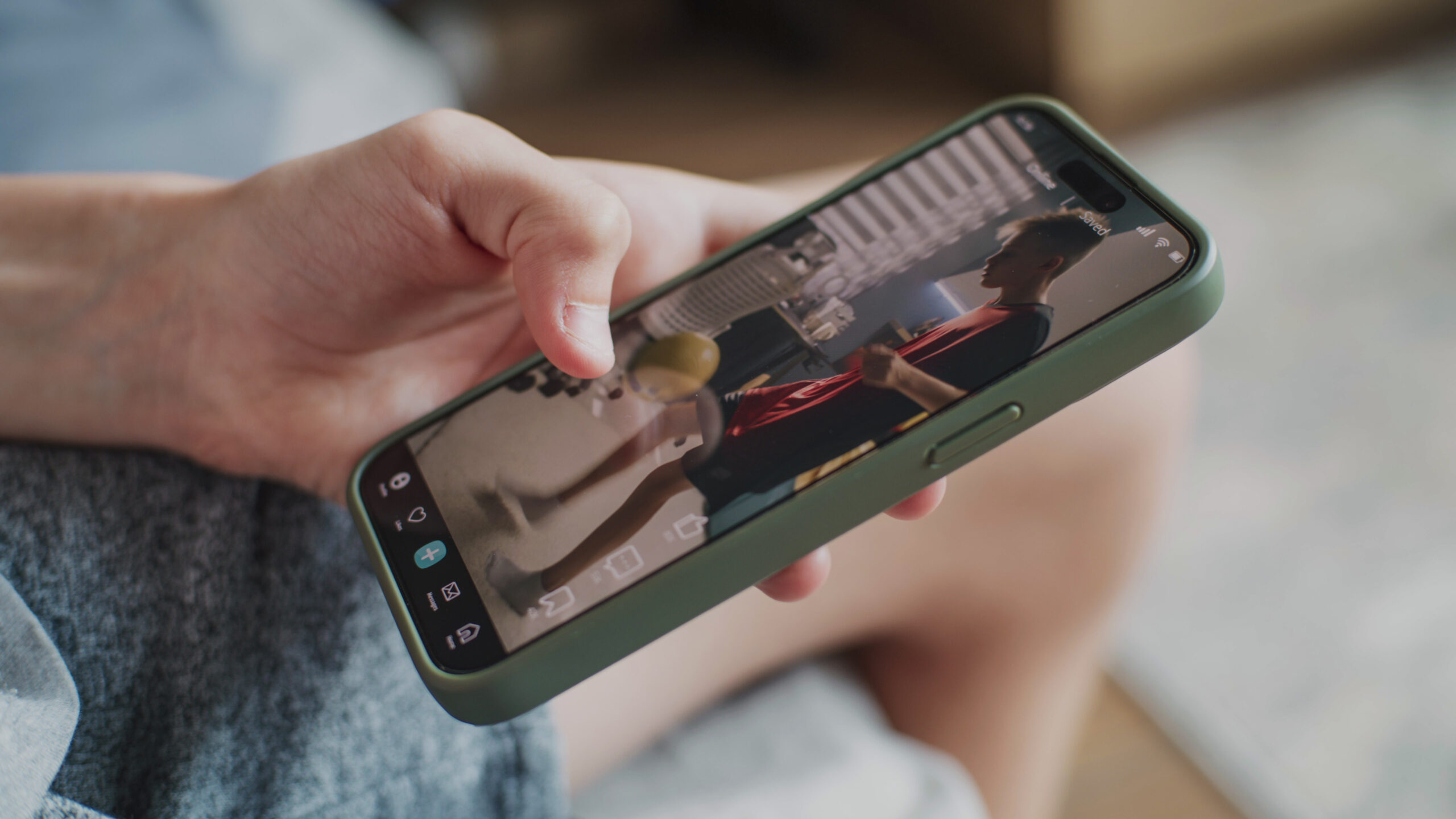One of the most noticeable shifts in education today is the way students absorb information. Attention spans are shorter, distractions are everywhere, and the traditional long-form lesson just doesn’t always work anymore. As an educational content creator and editor, I’ve seen this shift firsthand. That’s where microlearning comes in.
Microlearning isn’t just a buzzword—it’s a powerful strategy that breaks content down into manageable, focused chunks. It’s designed to deliver one clear objective at a time in a format that’s quick to digest, easy to recall, and often more engaging than traditional instruction. And in today’s K–12 classrooms, it’s becoming a valuable tool for both teachers and students.
What Is Microlearning?
Microlearning refers to the delivery of content in short, targeted segments. Think of it as “bite-sized” learning. Instead of reading a long article or watching a 40-minute video, students get a five-minute video, a single concept explained in a short paragraph, or a quick interactive quiz.
These pieces can stand alone or be part of a larger learning sequence, but the key is that each microlearning module focuses on just one concept or skill at a time. This approach reduces cognitive overload, improves retention, and supports flexible learning—especially in digital and hybrid learning environments.
Why Microlearning Works for K–12 Students
There’s a reason microlearning has taken off in corporate training and adult education—it works. And it’s proving just as effective in K–12 classrooms. Younger learners especially benefit from short, clear, and engaging content because it mirrors the way they already interact with the world.
Students today are digital natives. They’re used to learning through YouTube tutorials, quick TikToks, and gamified apps. When we meet them in that space with structured, standards-aligned content, we don’t just get their attention—we keep it.
Microlearning is also adaptable. It works well for review, intervention, and enrichment. Struggling readers can engage with one manageable text at a time. Advanced learners can move quickly through a series of challenges. It’s a flexible tool that supports differentiation, which is something every educator appreciates.
Designing Microlearning with Purpose
Creating effective microlearning content isn’t about chopping up a long lesson and calling it a day. It’s about intentional design. Each segment must have a clear goal, be self-contained, and support a larger learning objective.
At Northeast Editing, we focus on clarity and purpose when developing microlearning materials. Whether it’s a quick vocabulary video, a short reading passage with a single comprehension question, or a two-minute animated explainer on photosynthesis, the content must be meaningful and aligned with standards.
We ask ourselves:
- What is the key takeaway for this lesson?
- How can we present this concept clearly in just a few minutes?
- How can we support engagement without overwhelming the learner?
By answering those questions before we start writing, we ensure that each piece serves a purpose and fits into the larger instructional puzzle.
Tools and Formats that Support Microlearning
Microlearning can take many forms, which is part of what makes it so versatile. Some of the most effective formats for K–12 include:
- Short videos that explain a single concept visually and audibly.
- Interactive slides or games that focus on one skill.
- Quick quizzes or self-checks with immediate feedback.
- Infographics that summarize key ideas.
- Mini-lessons or “warm-ups” that kick off a larger lesson.
The format depends on the age of the student, the subject matter, and the learning goal. But the unifying thread is that each piece is focused, engaging, and quick to complete.
Supporting Teachers with Ready-to-Use Content
Teachers are incredibly busy. One of the best things we can do as content developers is provide microlearning materials that are classroom-ready. These resources should be easy to find, quick to implement, and adaptable to different classroom settings.
When we write teacher guides or build lesson plans that include microlearning modules, we always aim to support instruction, not add extra work. A five-minute video that introduces a math concept can give a teacher time to set up a small group. A short reading passage with one text-dependent question can serve as a morning warm-up or a homework assignment.
Microlearning isn’t about replacing the teacher—it’s about enhancing what they already do by giving them tools that support effective, efficient instruction.
Equity and Accessibility in Microlearning
Microlearning can also support educational equity. Because the modules are short and targeted, they’re often more accessible to students who need additional support. For English Language Learners, struggling readers, and students with learning differences, microlearning can reduce frustration and build confidence.
That said, accessibility must be part of the design process. Closed captions, screen reader compatibility, and simplified language are all essential features of microlearning that reaches every student. At Northeast Editing, we’re constantly working to ensure our content is inclusive and equitable.
Final Thoughts
Microlearning isn’t a fad—it’s a response to how students learn today. It allows us to meet learners where they are, support diverse needs, and build skills in a way that feels achievable and relevant.
As editors, writers, and educators, we have an opportunity to use microlearning to improve engagement and learning outcomes in K–12 education. By focusing on quality over quantity and clarity over complexity, we can create content that makes a lasting impact—one bite-sized piece at a time.
